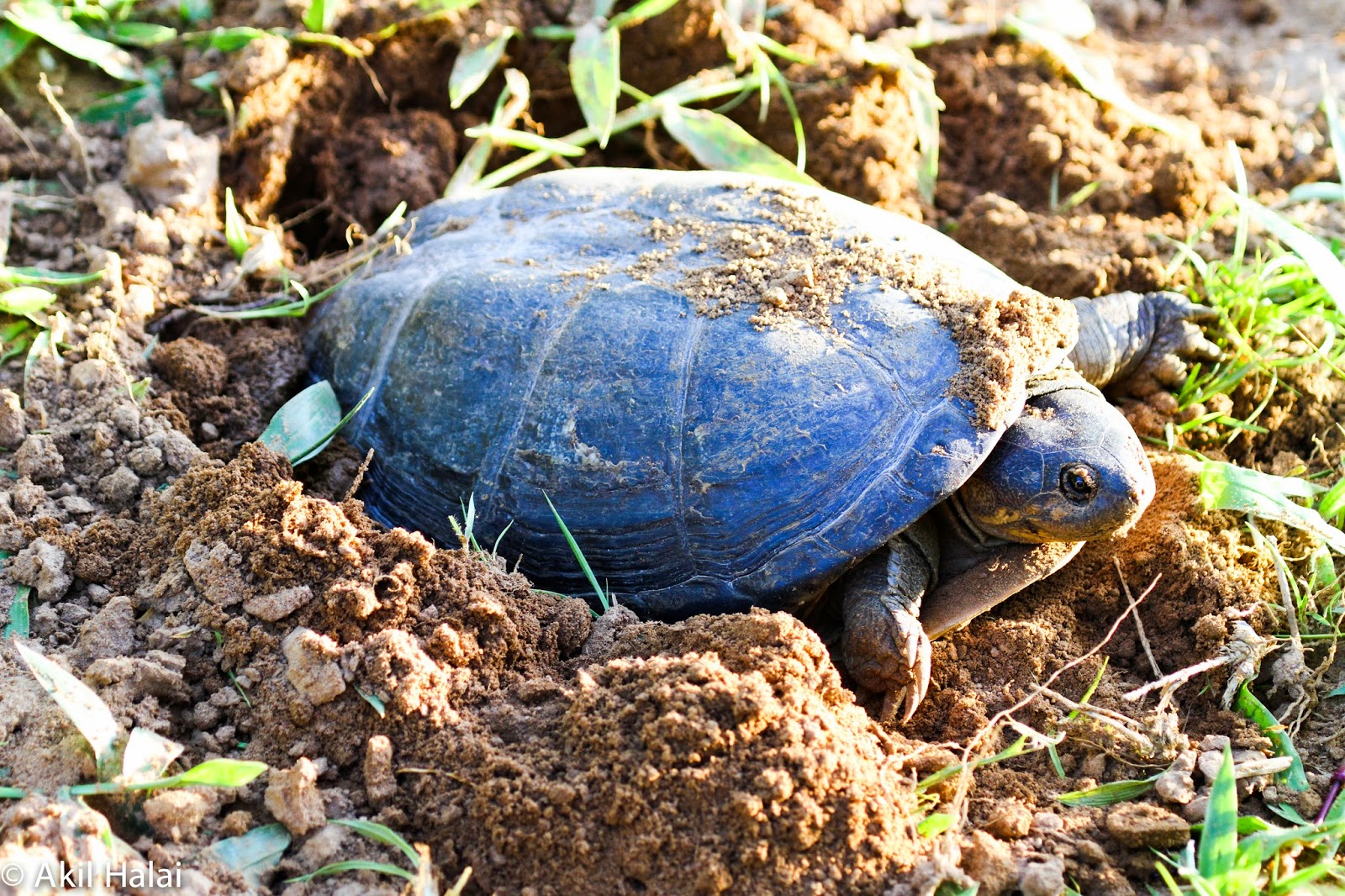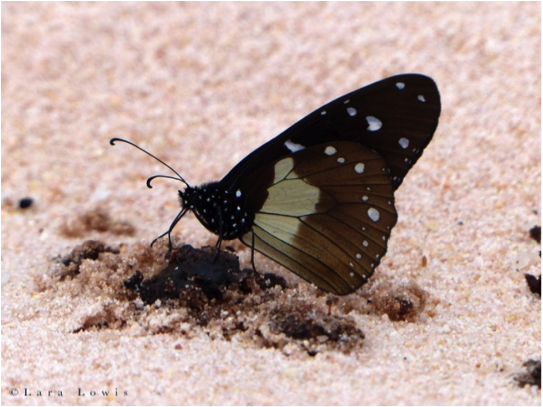Rubondo Island: Small Wonders
By Akil Halai
Rubondo Island on Lake Victoria is not only fascinating for its Nile perch fishing, its introduced population of chimps or its beautiful birdlife. It has a wide range of smaller animals that you don’t see on a normal safari.
Off the beaten track
Few tourists and guests are actually privileged to have visited the island because the island’s attractions are more low-key and esoteric than the often-visited savannah safari parks. This is changing dramatically nowadays, as visitors seek out more unusual experiences. They have already seen the big and ‘usual’ wildlife, and now crave something different. In this case unique places such as Rubondo are now coming into the picture, offering spectacular and unique wildlife experiences.
Small wonders
On my recent trip to Rubondo Island Camp, I had a chance to tick off some animals I had waited for a long time to see. Watching the behaviour of these creatures was fascinating, and so much worth the time I spent.

The road from the park headquarters to the swampyMlaga Bay every evening had a high concentration of colourful butterflies and Serrated Hinged Terrapins, especially after rain in the mornings.


The Serrated HingedTerrapins (Pelusiossinuatus) are a species of turtle in the Pelomedusidae family. They are only found in lakes and rivers in tropical East Africa. I spent many evenings watching them bask in mud banks and puddles on the roads made by wheel tracks. I was even lucky to see a clever one on the back of a hippo! They usually eat water snails, soft-weed and insects. The female terrapins are larger than the males with a carapace of up to 55cm long, and males can be distinguished from the females by their longer tails. Fordefence, the hinged plastron closes to protect the head andforelimbs, and the terrapin also secretes a foulodour when threatened.

We saw the evidence of many female terrapins having laid their eggs in puddles – they usually lay from sevenup to twenty-two eggs. The laying season is from October to January, and cute hatchlings appear from March to April. On Rubondo Island there were so many, wehad to actually zigzag on the track to make sure wedidn’t drive over any terrapin or its eggs!
It is the small wonders like this that make Rubondo such a rewarding place for me to visit.
Akil
Visit the Rubondo Island Camp website for more information about the camp and the island.
To come and stay on Rubondo, contact your trusted travel agent or send an enquiry.
 About Akil
About Akil
Tanzanian-born Akil Halai is the Field Operations Coordinator for Asilia Tanzania. A birding enthusiast of note, he endeavours to observe as many avian species as possible upon his travels through Africa.
The post Rubondo Island: Small Wonders appeared first on Asilia Africa.
More Wildlife & Conservation Articles

Leopard vs Cheetah : Can You Tell The Difference
01 April 2020How often do you mistake a leopard for a cheetah or vice versa? I’m sure we’v...

What’s the difference? National Parks, Game Reserves, and Conservancies in East Africa
02 February 2020To most of us, a national park, game reserve, or conservancy are all the same...

Electric Vehicles: The Future Of East African Safari Travel?
12 January 2020October 2019 saw the arrival of our first electric, solar-powered safari vehi...

Guest Gallery: The Serengeti At Its Best
27 November 2019We recently had the pleasure of welcoming guests, Chris and Monique Fallows t...





